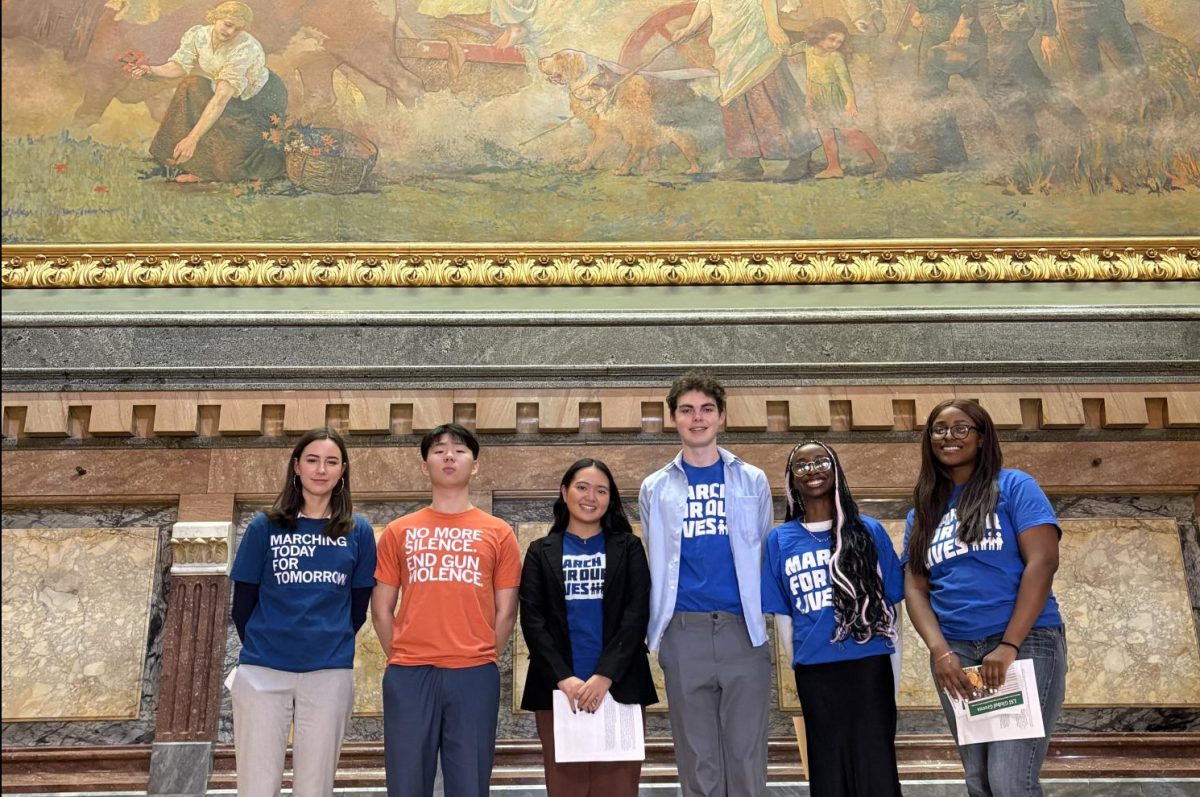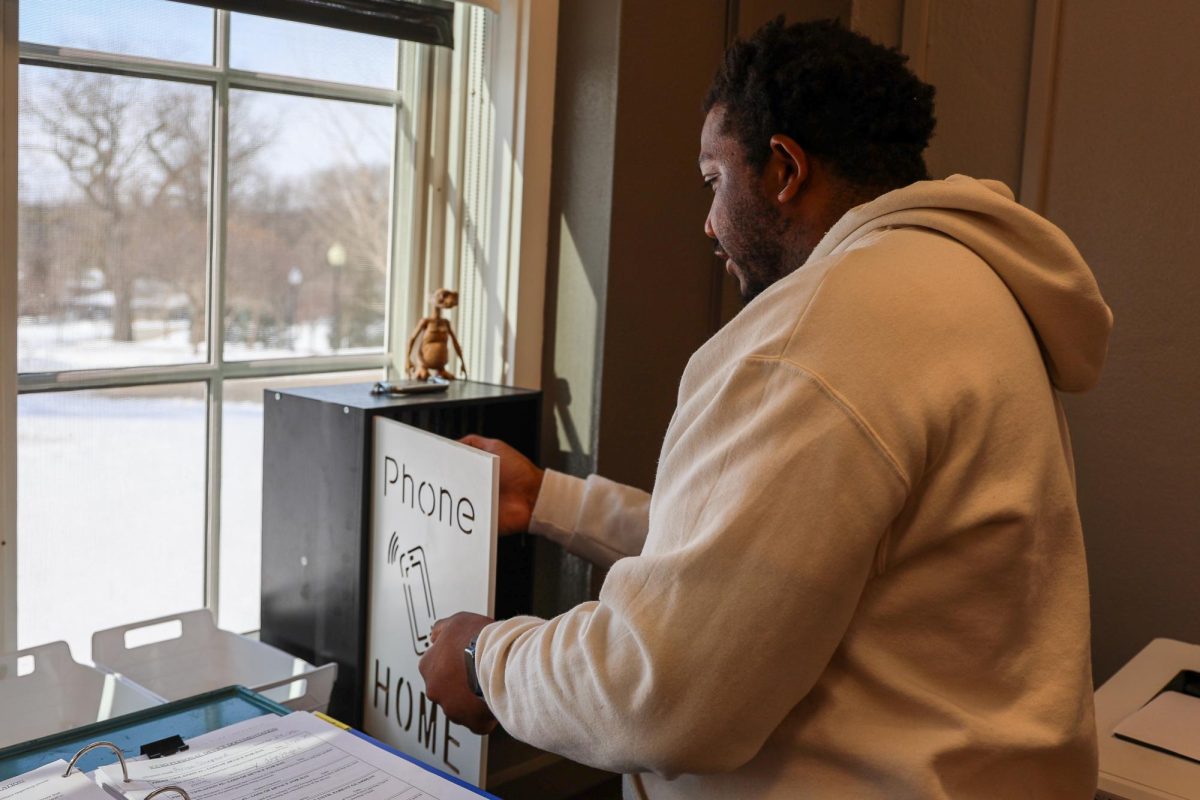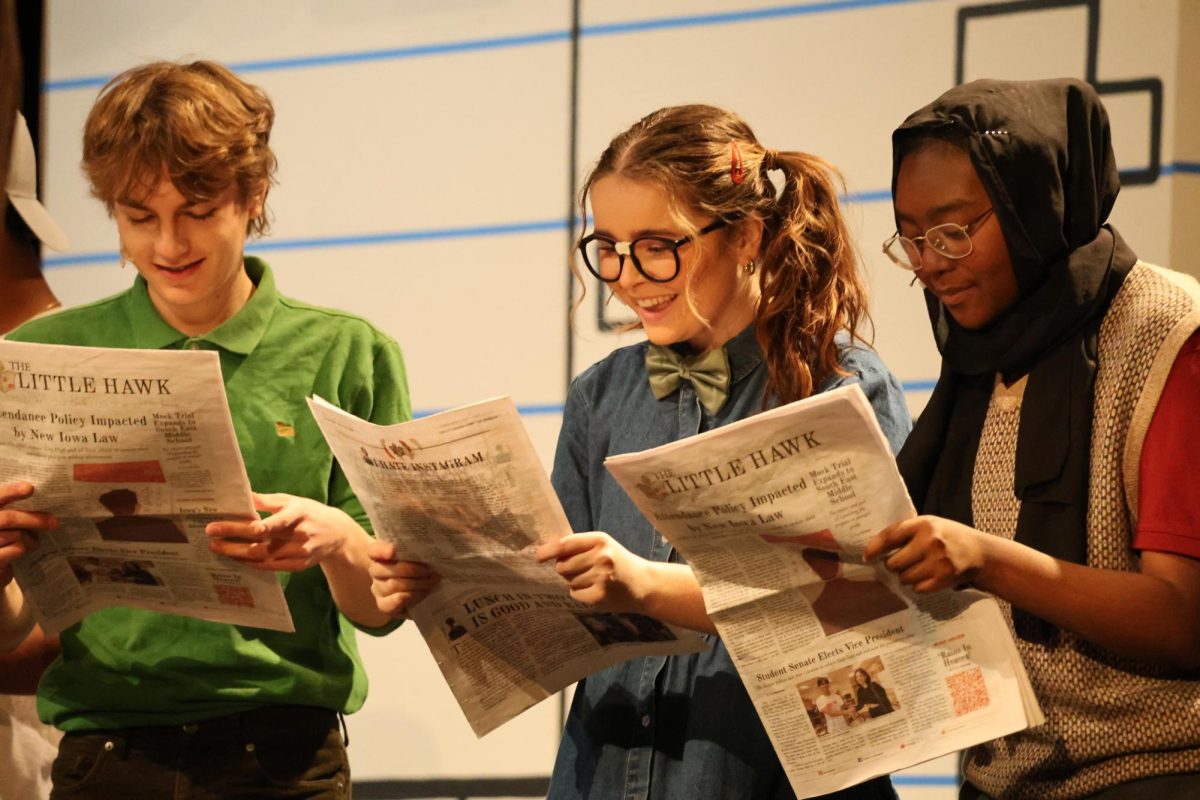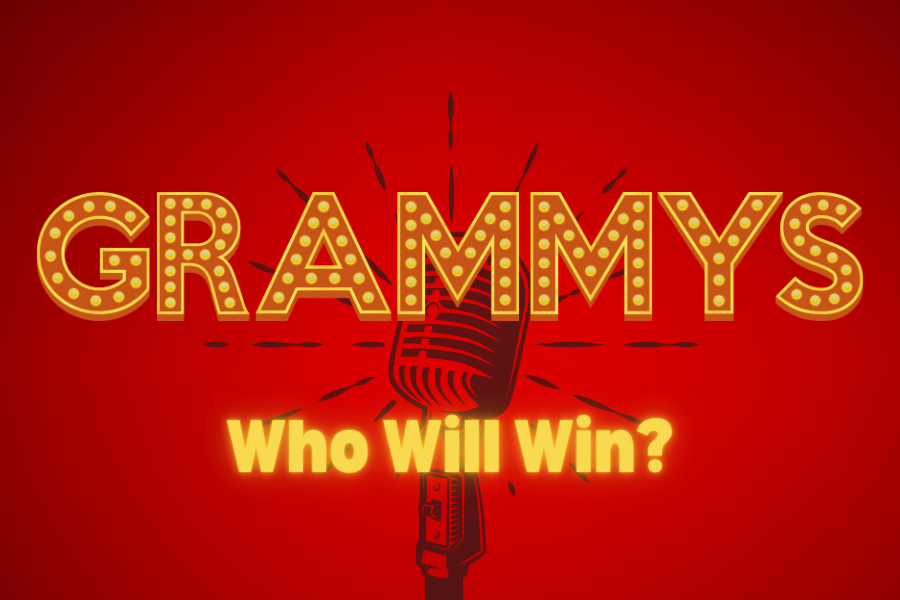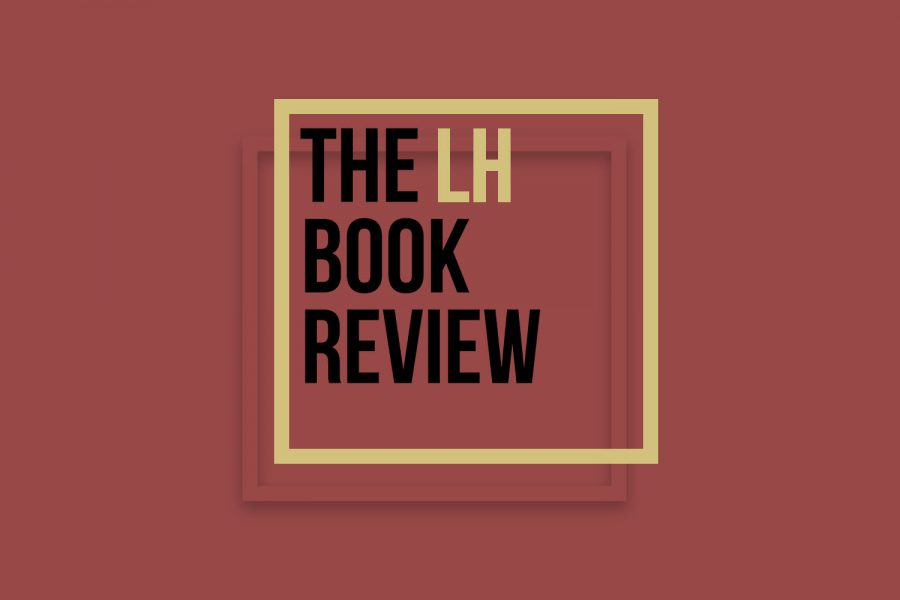LH Book Reviews: The Lord of the Rings
May 22, 2018
Before “The Hobbit” and “The Lord of the Rings”, high fantasy was scorned by most mainstream literary critics. Many of Tolkien’s contemporaries in Oxford dismissed his work as wild children’s tales, not to be taken seriously. 65 years and over 150 million sales later, “The Lord of the Rings” has been hailed as one of the single most influential publications of the 20th century. Fantasy authors like Terry Brooks, Ursula K. Le Guin, J.K. Rowling, Christopher Paolini, and others have all attributed influence and inspiration from J.R.R. Tolkien’s work.
Tolkien began writing “The Hobbit” as a standalone, meant to be read aloud to his children, before he submitted it to Allen and Unwin. “The Lord of the Rings”, intended for adults, addresses more complex themes relating to human interactions with temptation, geo- and sociopolitical issues, environmentalism, and, I think subconsciously, coping with Post-Traumatic Stress Disorder from his experience in WWI. He began writing the foundation of the world in which “The Lord of the Rings” takes place in an infirmary tent on the Western Front, and was the sole survivor of his troupe after the Battle of the Somme. In his essay “On Fantasy”, Tolkien describes fantasy as escapism–a way to take a break from harsh realities before returning to one’s issues with a fresh mind. In the third installment of “The Lord of the Rings”, Frodo and Sam venture through the Dead Marshes, a bog with the faces of dead warriors, of orc, elf, and humankind alike. It’s a striking scene straight out of the Battle of the Somme.
Tolkien grew up in the English countryside, and valued the “old ways” of agriculture. As he aged, train tracks and the forces of industry slowly crept into the countryside, embodied in “The Lord of the Rings” by Saruman and Sauron acting as forces of industry, and the imagery as the hobbits, innocent creatures symbolic of English agriculturalists, enter the industrialized warzone of Mordor.
The innocence of the hobbits in “The Lord of the Rings” is symbolic of another one of Tolkien’s beliefs. The orcs call the humans and the hobbits “Whiteskins”, are seen as invaders of the “innocent” and “safe” Shire. Aside from Eowyn’s famous “I am no man” scene in the Battle of the Pelennor Fields, when she slew the Nazgul in defense of King Theoden, the rest of the characters who create action are men. Arwen? She sits in Rivendell and supplies motivation for Aragorn. And are there any other female characters? No. “The Lord of the Rings” actively rails against women and people of color, and perpetuates fossilized and unacceptable ideals that have no place in the modern mainstream.
I would recommend reading “The Lord of the Rings” if you are capable of witnessing the issues presented, but not internalizing them. Yes, I know everything I’ve said has implied that it should be buried and forgotten, but the bigotry which is so blatantly put on display in “The Lord of the Rings” will not disappear if it is ignored. It needs to be recognized for what it is and stand as testament for how far society has come—and of how far it has yet to go.
Thanks for reading or listening to the LH Book Reviews.



